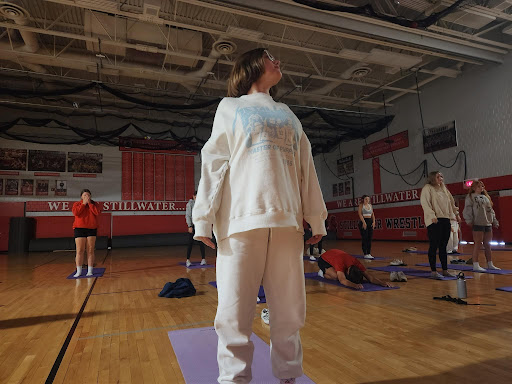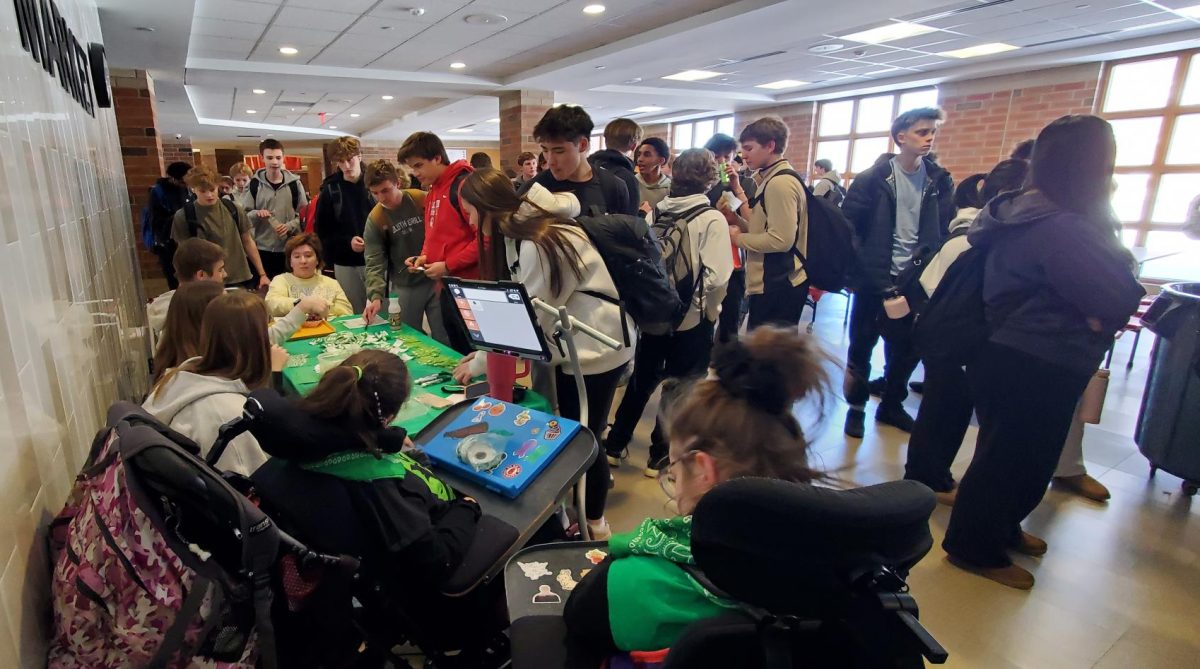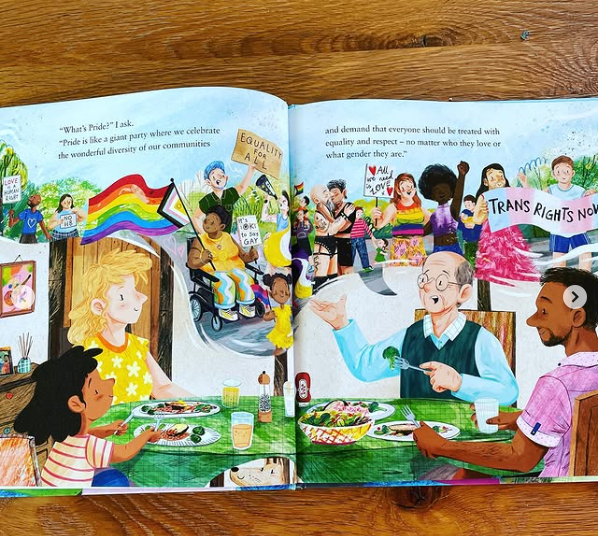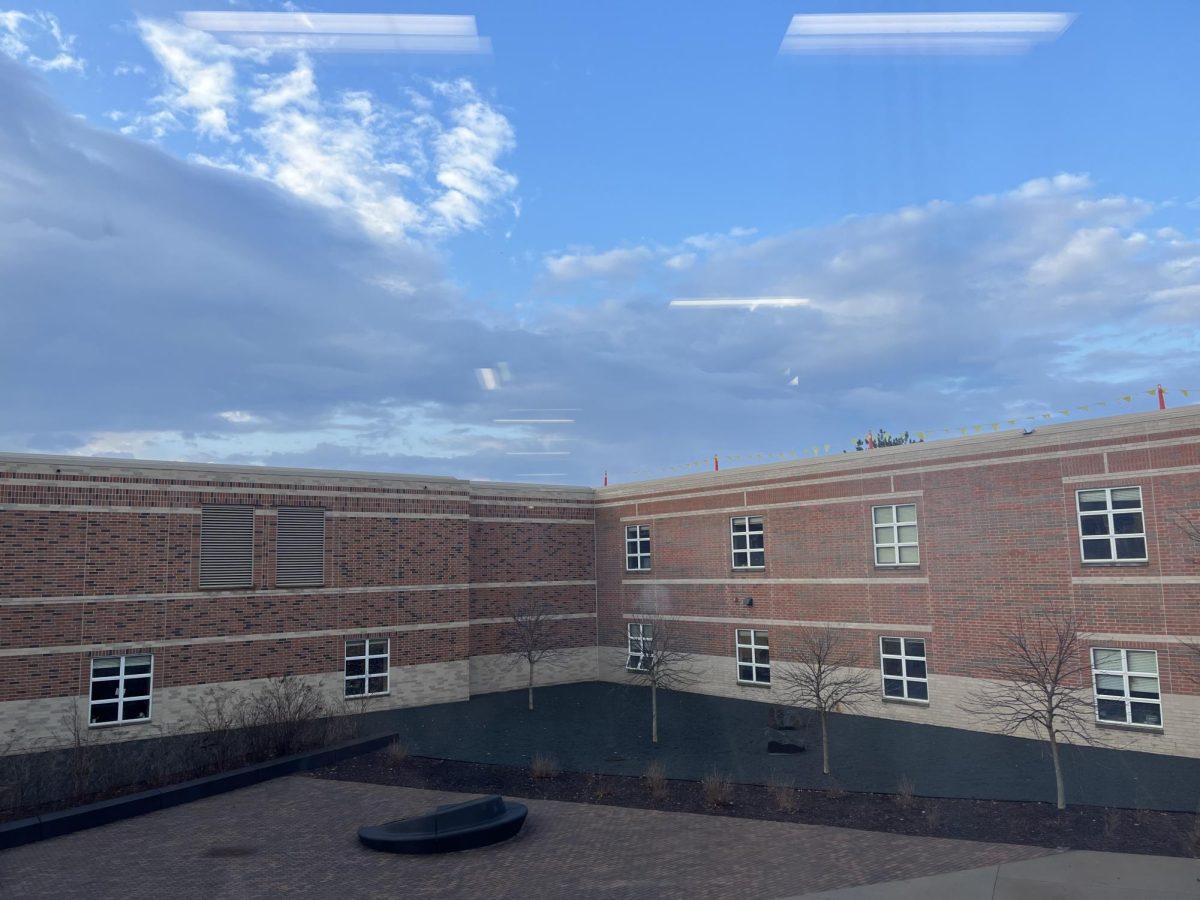Recently, Jill Rusignuolo, AP Language and Composition and English 11 teacher, has created a new Mindful Literacy class for students grades 10–12. The first batch of classes is starting this year. With that, there have been numerous students pleased with the up-and-coming elective’s curriculum.
Before learning about the course, it is important to learn about the teacher and founder of Mindful Literacy. If there is anyone who knows what stress is like, it is Rusignuolo. Rusignuolo had lived in a few different countries. She had to endure the overbearing anxieties and upsets of transition throughout her life. During these busy periods of movement, she began some serious meditation and yoga practices, and everything she is passionate about. She wanted to share these practices with her students.
“I started developing yoga meditation programs for kids after school, and the results that I saw were really powerful—I mean, unanimously positive,” Rusignuolo said.
After COVID hit, there was a significant rise in mental health awareness. The U.S. Department of Education began to increasingly encourage programming that effectively aided adolescents with mental health struggles. With the school leadership’s support and positive student feedback, the timing was perfect for Rusignuolo to construct a class in which students are able to ground themselves and learn stress reduction techniques.
Mindful Literacy’s workload primarily revolves around participation. So long as a student is not on their phone 24/7, they will likely thrive in the class. It is also a very student-based elective, and so the curriculum is constantly shifting to accommodate each and every individual high schooler. This semester, a lot of cathartic tools are utilized when class is in session, such as a singing bowl, stress balls, fidget toys and affirmation cards that contain positive messages to help students fight negative self-talk.
Being a class that prioritizes social emotional learning (SEL), Mindful Literacy can be a course that involves various levels of vulnerability exhibited by the students. Senior Vian Caskey explained the importance of the community that is built inside of Mindful Literacy, saying that it is not only a welcoming environment, but it is also a place without judgment.
Students will go to the wrestling gym to do yoga every Friday, and they will also meditate for 10 minutes every day. It is endearing to be in a class with 25–30 students all respectfully silent. There’s also opportunities to write down observations and feelings while students meditate, which Caskey likes. During these times, students are often reaching deeper parts of themselves, and so it is important that everybody walks into Mindful Literacy with an open and accepting mind.
One such student with an open mind is junior Kylie McDermott, who also happens to be a certified Mindful Literacy enthusiast. McDermott initially decided to take Mindful Literacy because of various stressors that tend to come with starting 11th grade, including SATs, ACTs, AP classes, jobs, college tours and just growing up.
McDermott needed a break from the academic overload, and so she immediately decided to take Mindful Literacy when she was given the opportunity, predicting it to be a healthy and comforting quiet space during loud and bustling days. When asked if her expectations had been met, McDermott said they had been “exceeded expeditiously.”
All in all, there is a lot of creativity, calmness, connection and mindfulness that is unearthed and accentuated in Mindful Literacy. Students are delighted with the change of pace, the scholastic liberties and their teacher. There is still much to be changed and much to be reinstated as more students will continue to acclimate to Mindful Literacy, but overall the current feedback for the new elective remains overwhelmingly positive.










